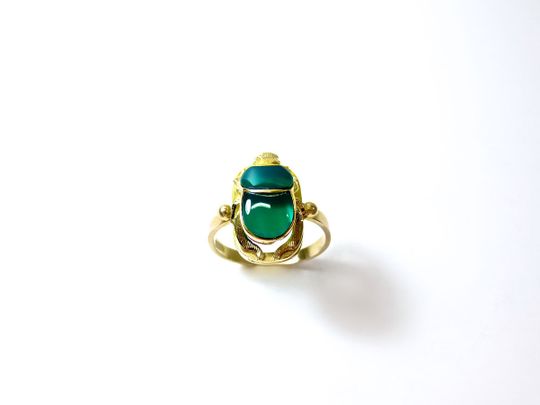
Buried in a cave in the desert of western Morocco, archaeologists unearthed something unusual – half-inch long snail shells, 33 of them, with holes drilled through the middle. It was a necklace, dating from 142,000 to 150,000 years ago: the world’s oldest known jewellery.
Click start to play today’s Crossword, where you can identify different jewels and gems.
It wasn’t the first time such ancient jewellery was uncovered. In 2013, an excavation site in modern-day Croatia revealed jewellery made from eagle talons dating back to 130,000 years ago. The talons had cut marks, polished facets and abrasions that indicated they were mounted into jewellery.
Since eagles were among the most impressive predators in the environment of Neanderthals, they had special value, and anthropologists think creating jewellery out of their talons meant these ancient people wanted to give themselves the characteristics of the mighty eagle. The discovery went a long way in reducing prejudice about Neanderthals as clumsy, uncivilised brutes.
Even as the concept of adorning oneself evolved over the ages, Egypt and Mesopotamia were the first two ancient civilisations to start the organised production of jewellery. Egyptians, in fact, were among the first to wear live insect shaped jewellery – ancient soldiers wore scarab beetles into battle, as they were thought to have supernatural powers of protection against enemies.
There was a revival of the trend in the Victorian era, in England, when people began to develop a fascination for the natural world. Wealthy women often wore a butterfly or other insect-shaped brooch pinned to their chest, with moths, spiders, wasps and bees as the most popular insects. The bee, especially, was a symbol of loyalty, dedication, and diligence, since it would die to protect its hive by stinging other creatures. In the 1800s, French military leader Napoleon Bonaparte chose the bee as his emblem.
Insect jewellery is still trendy. In 2006, the giant Madagascar hissing cockroach achieved a high-profile status in live jewellery, when fashion designer Jared Gold introduced the ‘roach brooch’ trend. His gold cockroaches were hand-decorated with Austrian Swarovski crystals, accessorised with a leash set, and packaged as ready-to-wear jewellery.
Do you own insect jewellery? Play today’s Crossword and tell us at games@gulfnews.com.



